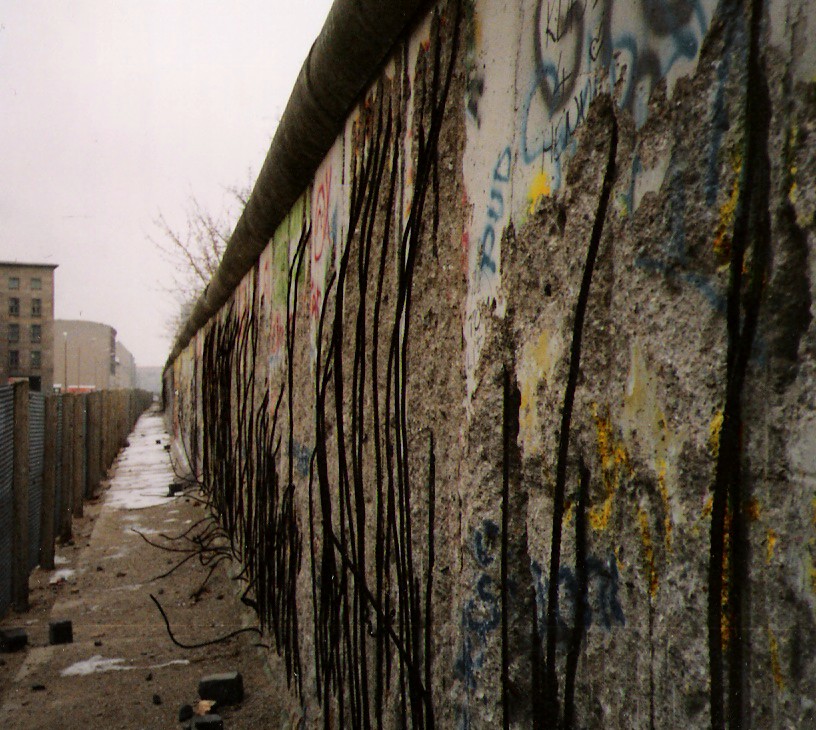The current owner of the papyrus states that he acquired the papyrus in 1999. Upon request for information about provenance, the owner provided me with a photocopy of a contract for the sale of “6 Coptic papyrus fragments, one believed to be a Gospel” from Hans-Ulrich Laukamp, dated November 12, 1999, and signed by both parties. A handwritten comment on the contract states: “Seller surrenders photocopies of correspondence in German. Papyri were acquired in 1963 by the seller in Potsdam (East Germany).”The Livescience article cites Laukamp's attorney (Rene Ernest) as claiming that Laukamp did not own papyri and was not a collector, although this was never claimed by King. In fact, King cites the deed of sale as being an English-language document. Furthermore, the Livescience report erroneously claims that because Laukamp lived in West Berlin in 1963 (when the deed of sale claims Laukamp bought the papyrus), he could not have travelled to Potsdam. Potsdam is a separate town, immediately adjacent to West Berlin. Although East Germans could not travel to West Berlin, West Berliners could travel into East Germany. In fact, this fits perfectly with King's narrative which directly links the notes to the Freie Universität in 1982, located in West Berlin. Thus, King's narrative seems to fit with the Livescience article, except for the claim from Rene Ernest, an estate attorney, that Laukamp was not a collector and did not own such a document. Naturally, Laukamp would not have owned the document when he died in 2002, because he sold it in 1999 according to King's narrative.
" 'Gospel of Jesus's Wife': Doubts Raised About Ancient Text", Owen Jarus, Live Science






I'm still wondering where the alleged other 5 fragments (including 1 of John that was tested with GJW) are and when they'll be published. Those should be very helpful towards understanding GJW.
ReplyDeleteChristian, do you have any comments about the handwriting and paleography of GJW? Are the letter formations and penstrokes similar to Coptic samples you've examined? I haven't seen much said about this which I find surprising.
Jeff, check this link out,
ReplyDeletehttps://www.youtube.com/watch?v=7LtRVtLXpkQ
Jeff,
ReplyDeleteGood question. I think that they will be published, and know that others at Harvard have been studying them.
I am still of the opinion that the script looks like a modern attempt and has virtually no ancient parallel. I can think of MSS which have thick strokes like this, but in terms of the total package the writing looks like it has been executed with a paint brush. I am increasing convinced that a brush was used to apply a soot-based solution. Gregg Schwendner is creating an analysis which I have found very helpful, and which will raise some new questions.
Malcolm Choat's analysis of the fragment was totally damning, so far as I am concerned. He argued that the script was neither literary or documentary, but only theoretically a writing exercise, magic spell or Abschrift from someone just having been struck in the head by a meteorite. (I made the last one up myself, sorry.)
Thanks, very interesting for sure. This blog needs a "like" button... :-)
ReplyDeleteChristian: I am not sure that you are right about the travelling issue. See the three updates to my post yesterday (Wednesday) morning, specifically the last one from Owen Jarus. I suspect that the forger assumed that it would have been easy for Laukamp to have travelled to Potsdam in 1963. But note also that there is a conflicting origins story in the Smithsonian article (September 2012, revised November 2012) in which the fragment's owner claimed that it was in Laukamp's family since WWII. (I am grateful to Stephen Goranson for the latter observation).
ReplyDeleteMark,
ReplyDeleteWith regard to the WWII mention, I am not sure what to say, especially given the new images of the Ly Gospel of John fragment. It at least seems plausible that he could have purchased the fragment in late December 1963, which is enough to actually validate King's argument. In terms of invalidating Karen King's story, Livescience has not offered any undeniably compelling evidence. (Perhaps, I am being too methodologically conservative here.)
Now, however, I am wondering if essentially all of the photocopied contracts and notes associated with GJW could all be inauthentic fabrications created to mock and frustrate the scholarly community. In this case, it seems to add to a cumulative argument that the whole storyline is too messy to be true.